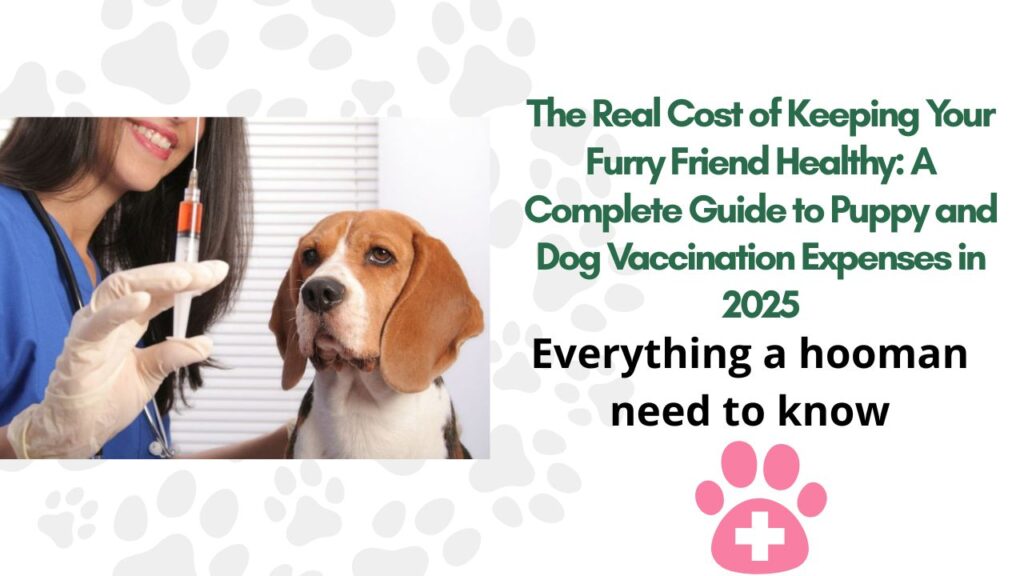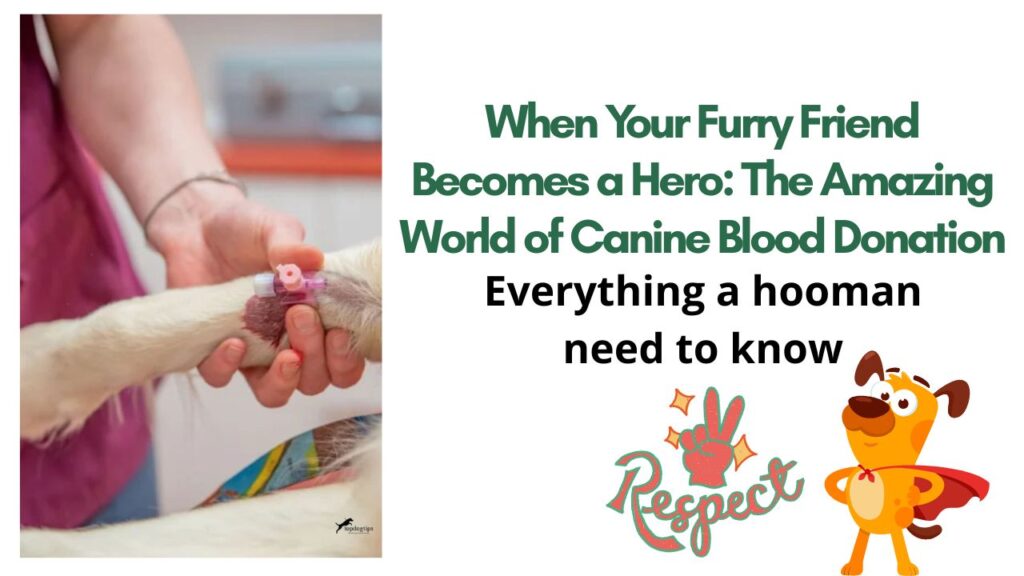Have you ever wondered if your beloved dog can catch your illness when you’re feeling under the weather? It’s a question that crosses many pet owners’ minds, especially when we’re snuggling with our furry companions during sick days. The simple answer might surprise you: yes, dogs can sometimes get sick from humans, though it’s much rarer than you might think.
This fascinating phenomenon is called reverse zoonosis, where diseases travel from humans to animals instead of the other way around. While we often worry about catching something from our pets, the reality is that our four-legged friends can occasionally pick up our germs too. However, before you start panicking about keeping your distance from Fido, let me reassure you that most human illnesses don’t affect dogs, and when they do, the symptoms are usually mild.
The bond between humans and dogs is incredibly special. We share our homes, our beds, and sometimes even our meals with these loyal companions. This close contact, while wonderful for building relationships, can occasionally create opportunities for disease transmission between species. Understanding which illnesses can cross the species barrier helps us protect both ourselves and our furry family members.
What Illnesses Can Dogs Get From Us?
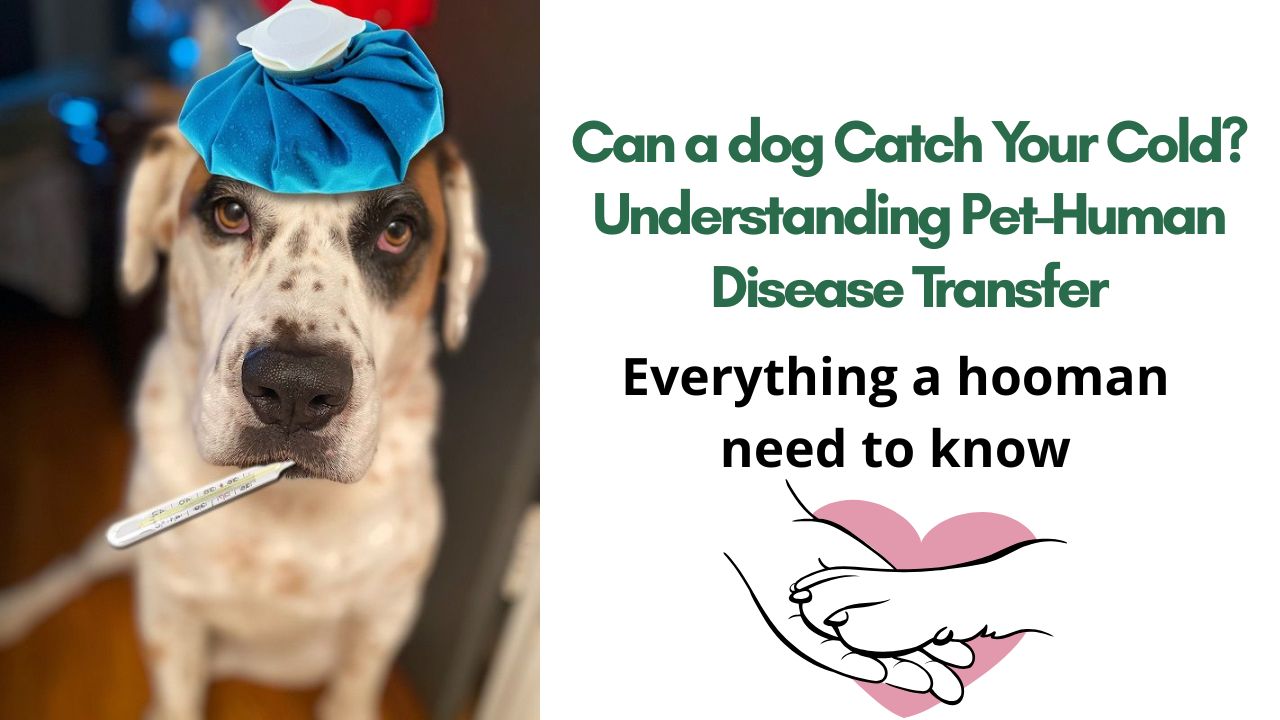
Let’s explore the specific conditions that can jump from humans to our canine companions. While the list isn’t extensive, it’s important to know what to watch for.
COVID-19: The Modern Concern
The most recent addition to the reverse zoonosis list is COVID-19. Research has shown that dogs can contract the virus that causes COVID-19 from their human family members. Fortunately, cases in dogs are rare and typically mild, with symptoms including gastrointestinal and respiratory effects. If you test positive for COVID-19, it’s wise to maintain some distance from your pet, just as you would with other family members.
Bacterial Infections That Cross Species
Several bacterial infections can transfer from humans to dogs:
Tuberculosis (TB) is a highly contagious respiratory illness that can spread from infected people to dogs through close contact or even through airborne transmission within homes. While TB is rare in dogs, it’s a serious condition that requires immediate veterinary attention.
MRSA (Methicillin-resistant Staphylococcus aureus) is another bacterial concern. Dogs don’t naturally carry much Staphylococcus aureus on their skin, so when veterinarians see MRSA infections in dogs, it usually traces back to a family member who had the infection. This typically happens when dogs lick the skin of an infected person.
Salmonella can travel both ways between humans and dogs. While dogs are generally more resistant to Salmonella than people, they can still contract it through contact with infected family members. The bacteria causes similar symptoms in both species: nausea, vomiting, diarrhea, and fever.
Fungal and Other Infections
Ringworm is a fungal infection that easily transfers between humans and dogs through direct contact. Despite its name, ringworm isn’t actually a worm but a fungus that causes circular, itchy rashes on the skin.
E. coli bacteria can spread throughout entire households, including to the family dog. This might happen when someone with a urinary tract infection doesn’t wash their hands properly, or when dogs drink from toilet bowls.
Viral Infections: The Flu Question
The relationship between human and canine influenza is complex. Research from 2014 and 2015 indicated that human influenza viruses, particularly 2009 H1N1 and H3N2 strains, can infect dogs. However, while dogs can contract some human flu viruses, they typically don’t become visibly ill from them.
Interestingly, mumps can also occasionally transfer from humans to dogs, though this is quite rare. The good news is that proper vaccination protects both you and your pet from many of these concerns.
What Illnesses Can We Get From Dogs?
While we’re discussing diseases that dogs can catch from us, it’s equally important to understand what we might catch from our furry friends. The list of diseases that can transfer from dogs to humans is actually much longer than those going the other direction.
Serious Bacterial Diseases
Rabies remains one of the most serious concerns. This viral infection is almost invariably fatal in humans and spreads through bites or scratches from infected animals. The World Health Organization reports that domestic dogs are responsible for up to 99% of rabies virus transmission to humans. This is why rabies vaccination for dogs is so crucial.
Leptospirosis spreads through contact with infected dog urine and can cause severe liver and kidney disease in humans. Symptoms include high fever, headache, and muscle aches. While transmission from dogs to humans is relatively rare, it’s a serious condition that requires medical attention.
Campylobacteriosis causes digestive symptoms like diarrhea, fever, and cramps, spreading through contact with infected dog feces. Similarly, Salmonellosis can transfer from dogs to humans, causing fever, diarrhea, and vomiting.
Parasitic Infections
Several parasites can jump from dogs to humans:
Roundworms, hookworms, and tapeworms can all potentially infect humans through contact with contaminated soil or dog feces. These parasites can cause a condition called larval migrans, where the larvae migrate through body tissues causing inflammation.
Giardia is a parasite that spreads through contaminated water or feces, causing diarrhea, nausea, and stomach cramps in humans.
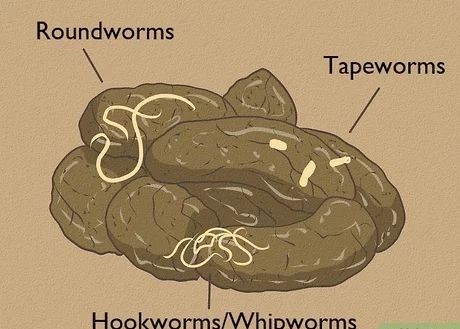
Skin Conditions
Ringworm and mange (caused by various mites) can transfer relatively easily through direct physical contact with infected dogs. These conditions cause itchy, scaly skin lesions that, while uncomfortable, are generally treatable.
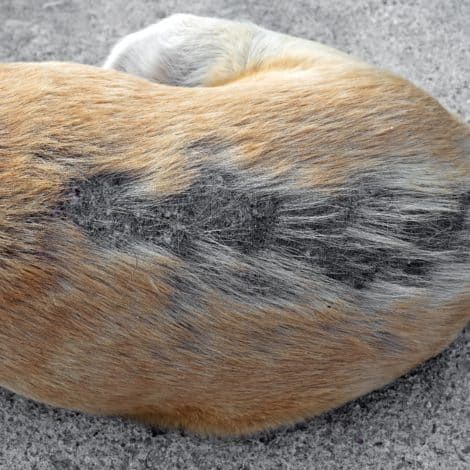
Less Common but Serious Conditions
Capnocytophaga bacteria can spread through dog bites or scratches, potentially causing life-threatening bacteremia in rare cases. Brucellosis typically causes flu-like symptoms and can spread through contact with infected animals.
How to Prevent Catching Diseases from Our Dog and Vice Versa
Prevention is always better than treatment, and fortunately, protecting both you and your dog from disease transmission is straightforward with proper hygiene and care practices.
Essential Hygiene Practices
Hand washing is your first and most important line of defense. Always wash your hands thoroughly with soap and warm water after handling your dog, cleaning up after them, or touching their food and water bowls. This simple practice prevents the vast majority of disease transmission.
Proper waste management is crucial. Always use gloves or a bag when picking up dog feces, and dispose of waste promptly in sealed bags. Avoid touching feces directly and wash your hands immediately afterward.
Smart Contact Practices
While dog kisses are adorable, it’s best to avoid letting your dog lick your face, especially around your mouth, nose, or eyes. If your dog does give you face kisses, wash the area promptly.
Train your dog to do their business in designated areas away from where humans might come into contact with waste. This reduces the risk of accidental exposure to harmful bacteria or parasites.
Veterinary Care and Vaccinations
Regular veterinary checkups are essential for maintaining your dog’s health and catching potential problems early. Ensure your dog stays current on all necessary vaccinations, including rabies, distemper, kennel cough, and canine parvovirus.
Deworming should be done regularly as recommended by your veterinarian to prevent parasitic infections. Keep your dog protected from fleas and ticks, which can carry additional diseases.
Food and Water Safety
Avoid feeding your dog raw food, as it can carry pathogens that cause zoonotic diseases. Stick to high-quality, well-cooked commercial pet foods. Ensure your dog has access to clean drinking water and prevent them from drinking from puddles or stagnant water sources where harmful bacteria might lurk.
When You’re Sick
If you’re feeling unwell, especially with respiratory symptoms or gastrointestinal issues, consider maintaining some distance from your pet until you’re feeling better. This is particularly important if you’ve been diagnosed with COVID-19, tuberculosis, or other transmissible conditions.
Use protective equipment like gloves and masks when caring for sick pets, and ensure good ventilation in your home.
Questions Mostly Asked About Dogs Getting Sick From Humans
Can my dog catch my cold or flu?
The good news is that dogs rarely catch common colds from humans. The viruses that cause cold-like symptoms in people and dogs are typically species-specific. However, some flu strains, particularly H1N1 and H3N2, can occasionally infect dogs, though they usually don’t show symptoms. So while it’s possible, it’s extremely unlikely your dog will catch your everyday cold.
Should I isolate myself from my dog when I have COVID-19?
Yes, it’s wise to maintain some distance from your pet if you test positive for COVID-19. While cases of dogs contracting COVID-19 are rare and usually mild, the virus can transmit from humans to dogs. Treat your pet like you would other family members – avoid close contact, don’t share food or drinks, and wash your hands before and after any necessary interactions.
Can I give my dog food poisoning?
If you have a Salmonella infection or other foodborne illness, there’s a small chance you could transmit it to your dog through poor hygiene practices. However, dogs are generally more resistant to Salmonella than humans. The key is maintaining good hand hygiene and avoiding cross-contamination between your food and your dog’s food and water bowls.
Is it safe to sleep with my dog when I’m sick?
While the risk is generally low, it’s probably best to avoid sharing your bed with your dog when you’re actively ill, especially with respiratory or gastrointestinal symptoms. This reduces the chance of transmitting any illness and also gives you better rest without disruption. Once you’re feeling better, cuddle time can resume!
Can my dog get MRSA from me?
Yes, dogs can contract MRSA from infected humans, typically through licking contaminated skin. Since dogs don’t naturally carry much Staphylococcus aureus, MRSA infections in dogs usually trace back to human family members. If you have an MRSA infection, avoid letting your dog lick affected areas and maintain strict hand hygiene.
What should I do if both my dog and I are showing similar symptoms?
If you and your dog are both showing similar symptoms, especially gastrointestinal or respiratory issues, contact both your doctor and your veterinarian. While it might be coincidental, there’s a possibility of shared illness. Be sure to mention to both healthcare providers that you and your pet are both sick, as this information can help with diagnosis and treatment.
How can I tell if my dog caught something from me?
Watch for changes in your dog’s behavior, appetite, energy level, or bathroom habits. Symptoms of illness in dogs can include lethargy, loss of appetite, vomiting, diarrhea, coughing, or unusual behavior. If you notice any of these signs, especially if you’ve recently been ill yourself, contact your veterinarian for guidance.
Conclusion
As I wrap up this comprehensive look at the fascinating world of human-to-dog disease transmission, I hope you’re feeling more informed and less worried about your relationship with your furry companion. The truth is, while dogs can occasionally catch illnesses from us humans, it’s relatively rare, and most of our everyday ailments won’t affect our four-legged family members.
The key takeaway here isn’t to create distance between you and your beloved pet, but rather to practice good hygiene and responsible pet care. Simple actions like washing your hands regularly, keeping up with veterinary checkups, and maintaining your dog’s vaccination schedule go a long way in protecting both of you.
Remember, the health benefits and emotional rewards of pet ownership far outweigh the small risks of disease transmission. Our dogs bring us immeasurable joy, companionship, and even health benefits like reduced stress and increased physical activity. The bond we share with our pets is precious and shouldn’t be compromised by excessive worry about catching or sharing illnesses.
What I find most remarkable is how resilient both humans and dogs are, and how our immune systems have adapted to coexist peacefully most of the time. The cases where diseases do cross between species are the exception, not the rule.
Moving forward, stay informed but don’t let fear dictate your relationship with your dog. Continue those cuddle sessions, enjoy those walks together, and cherish the unconditional love your pet provides. Just remember to wash your hands, keep up with preventive care, and trust your instincts if either you or your dog seems unwell.
If you found this article helpful, I encourage you to share it with other pet owners who might have similar concerns. Knowledge is power, and the more we understand about keeping our pets and ourselves healthy, the better we can care for our entire family – both two-legged and four-legged members alike.
Stay healthy, keep loving your dogs, and remember that a little common sense and good hygiene practices will keep you both happy and healthy for years to come. After all, life is so much better with a loyal canine companion by your side!

